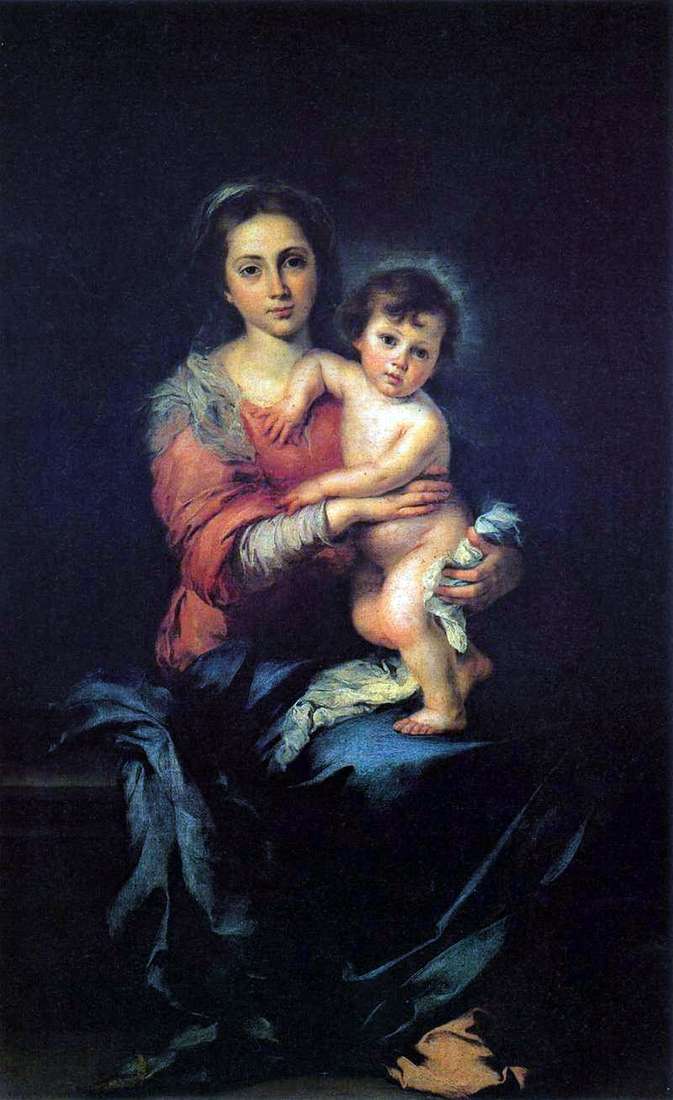
The theme of mercy, refracted through religious subjects, has been actively spread in the works of Murillo. Here the conditions of orders, emanating from monastic orders, charitable fraternities, affected the personal motives of the artist himself, who became close to the Brotherhood of Mercy, founded by Don Miguel de Manyara, a mystic and theologian.
Murillo became a member of the fraternity, wrote in 1674-1680 a series of paintings for the Mercy Hospital in Seville. Ultimately, the idea of Mercy, going back to the Gospel, was born of a harsh reality. The hardest crisis that engulfed the Spanish state in the second half of the seventeenth century also reached the cheerful Seville. All this indirectly touched the work of Murillo. The world of his images remained bright and harmonious, dominated by the ideal of beauty, embodied in the image of Madonna, the divine Infant, the happiness of motherhood.
It was these aspects of the art of Murillo that were admired by subsequent generations. Glory Murillo brought numerous images of the Madonna and Child, in which, for all their differences, embodies the type of southern female beauty that is widespread in Andalusia.

